Styrene monomer
Styrene is an organic compound with the chemical formula C6H5CH=CH2. Its structure consists of a vinyl group as substituent on benzene. Styrene is a colorless, oily liquid, although aged samples can appear yellowish. The compound evaporates easily and has a sweet smell, although high concentrations have a less pleasant odor. Styrene is the precursor to polystyrene and several copolymers, and is typically made from benzene for this purpose. Approximately 25 million tonnes of styrene were produced in 2010, increasing to around 35 million tonnes by 2018.
Enquiry Form
Product Info
 |
|||
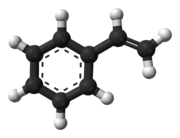 |
|||
|
|||
| Names | |||
|---|---|---|---|
| IUPAC name
Styrene
|
|||
| Systematic IUPAC name
Ethenylbenzene
|
|||
| Other names
Styrene
Vinylbenzene Phenylethene Phenylethylene Cinnamene Styrol Diarex HF 77 Styrolene Styropol |
|||
| Identifiers | |||
|
3D model (JSmol)
|
|||
| 1071236 | |||
| ChEBI | |||
| ChEMBL | |||
| ChemSpider | |||
| ECHA InfoCard | 100.002.592 | ||
| EC Number |
|
||
| 2991 | |||
| KEGG | |||
|
PubChem CID
|
|||
| RTECS number |
|
||
| UNII | |||
| UN number | 2055 | ||
|
CompTox Dashboard (EPA)
|
|||
| Properties | |||
| C8H8 | |||
| Molar mass | 104.15 g/mol | ||
| Appearance | colorless oily liquid | ||
| Odor | sweet, floral | ||
| Density | 0.909 g/cm3 | ||
| Melting point | −30 °C (−22 °F; 243 K) | ||
| Boiling point | 145 °C (293 °F; 418 K) | ||
| 0.03% (20 °C) | |||
| log P | 2.70 | ||
| Vapor pressure | 5 mmHg (20 °C) | ||
| −6.82×10−5 cm3/mol | |||
|
Refractive index (nD)
|
1.5469 | ||
| Viscosity | 0.762 cP at 20 °C | ||
| Structure | |||
| 0.13 D | |||
| Hazards | |||
| Occupational safety and health (OHS/OSH): | |||
|
Main hazards
|
flammable, toxic, probably carcinogenic | ||
| GHS labelling: | |||
   |
|||
| Danger | |||
| H226, H315, H319, H332, H361, H372 | |||
| P201, P202, P210, P233, P240, P241, P242, P243, P260, P261, P264, P270, P271, P280, P281, P302+P352, P303+P361+P353, P304+P312, P304+P340, P305+P351+P338, P308+P313, P312, P314, P321, P332+P313, P337+P313, P362, P370+P378, P403+P235, P405, P501 | |||
| NFPA 704 (fire diamond) | |||
| Flash point | 31 °C (88 °F; 304 K) | ||
| Explosive limits | 0.9–6.8% | ||
| Lethal dose or concentration (LD, LC): | |||
|
LC50 (median concentration)
|
2194 ppm (mouse, 4 h) 5543 ppm (rat, 4 h) |
||
|
LCLo (lowest published)
|
10,000 ppm (human, 30 min) 2771 ppm (rat, 4 h) |
||
| NIOSH (US health exposure limits): | |||
|
PEL (Permissible)
|
TWA 100 ppm C 200 ppm 600 ppm (5-minute maximum peak in any 3 hours) | ||
|
REL (Recommended)
|
TWA 50 ppm (215 mg/m3) ST 100 ppm (425 mg/m3) |
||
|
IDLH (Immediate danger)
|
700 ppm | ||
| Safety data sheet (SDS) | MSDS | ||
| Related compounds | |||
|
Related styrenes;
related aromatic compounds |
polystyrene, stilbene; ethylbenzene |
||





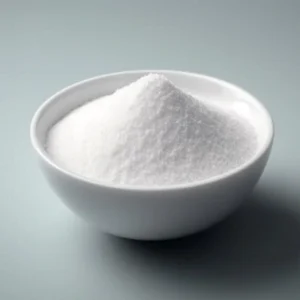
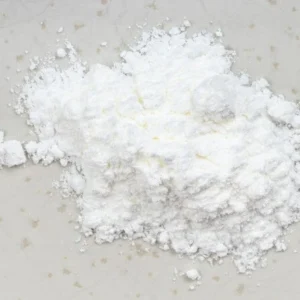
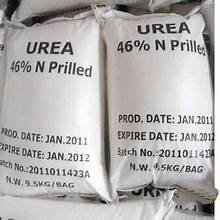
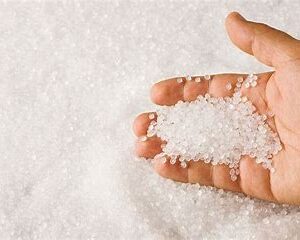
Reviews